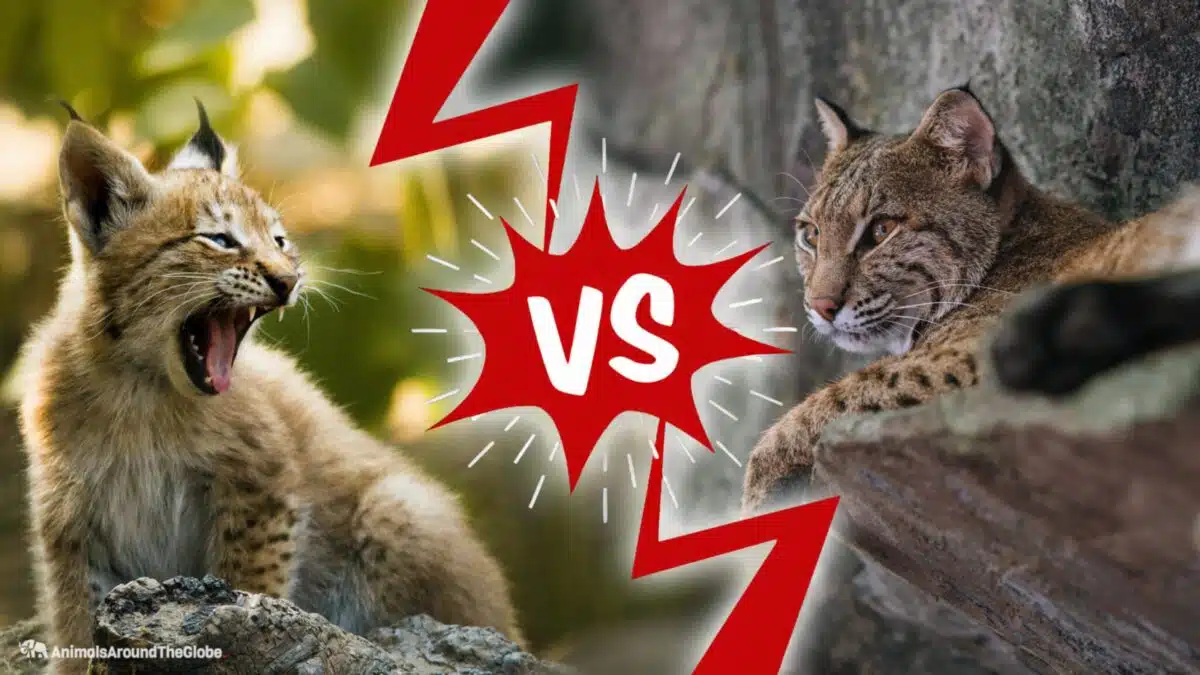In this post we will be teasing out both the contrasting and shared traits of the lynx vs. bobcat! Come along for the ride!
Wild cats are some of nature’s most fascinating animals. Whether you live in the urban jungle or on acres of open land, chances are you have come across one of these majestic creatures at least once in your lifetime.
But have you ever seen the difference between a lynx and a bobcat? While they look similar, numerous characteristics separate them, which is why we’ll discuss the differences between these two species today!
Comparison Chart
| Features | Lynx | Bobcat |
| Length | Lynx are usually as long as 31 to 51 inches (79 to 130 cm) | Bobcats usually have a length of 26 to 41 inches (65 to 105 cm) |
| Weight | A full-grown Lynx’s weight varies between 18 to 64 lbs (8 to 29 kg) | A full-grown Bobcat is between 11 to 37 lbs. (5 to 17 kg) |
| Paw size | 3.5 to 5 inches | 2.25 inches |
| Behavior | Aggressive | Aggressive |
| Teeth | Approximately 1 inch | Approximately 1 inch |
Facts About the Lynx
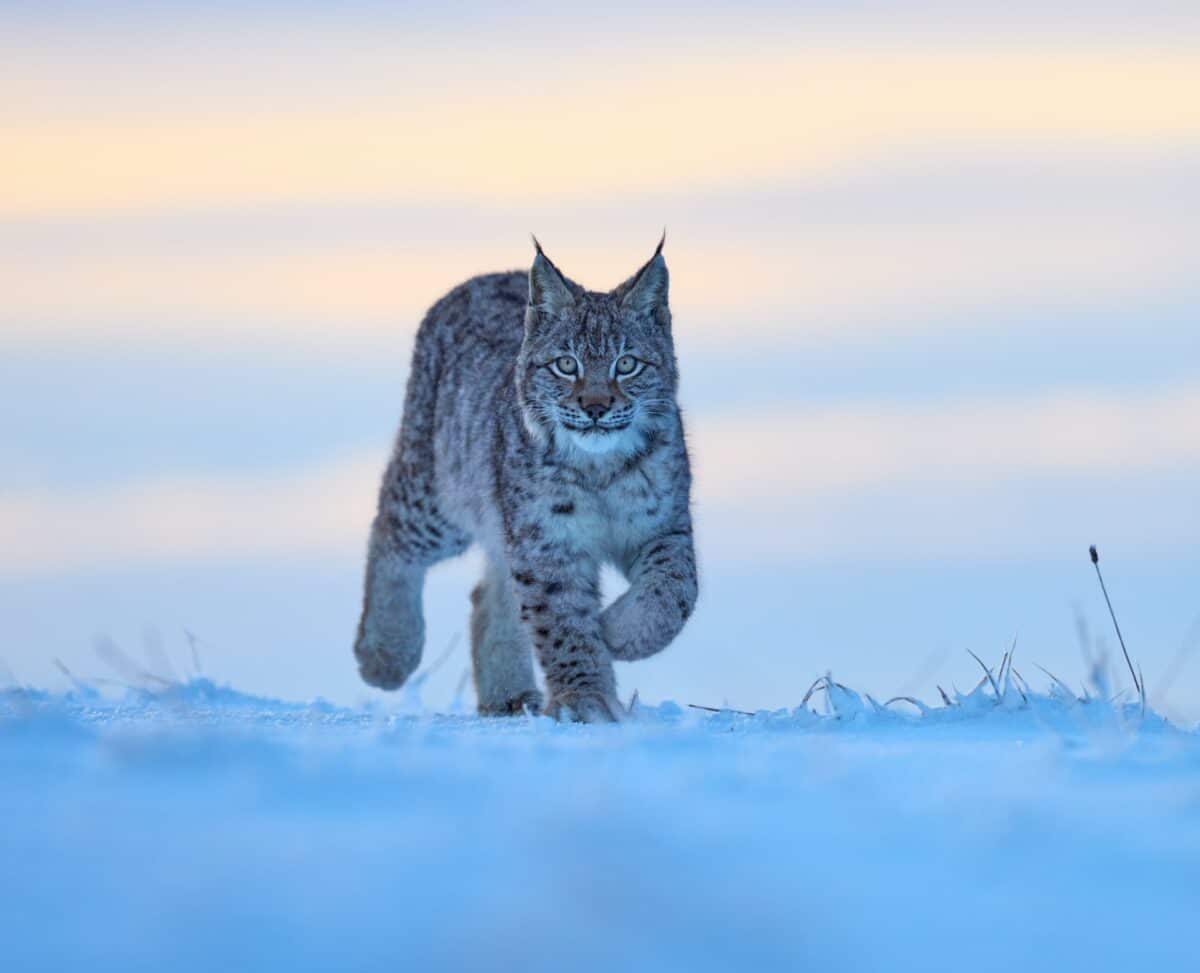
A lynx is a wildcat species native to Europe, Asia, and North America. These nocturnal animals usually have short tails and characteristic tufts of black hair on the tips of their ears. A distinguishing feature between males and females is that male lynxes tend to be slightly larger than females.
Lynxes are excellent predators who hunt rabbits, hares, birds and squirrels with stealth and agility. They are also expert climbers and can even jump onto branches from long distances without making a sound.
With an incredible sense of smell, these animals often rely on scent marking for communication with other members of their species as well as territoriality or threat displays.
Interestingly, Lynx can also use different colors better than humans; this is useful for catching prey in low light conditions!
Usually hunting alone, Lynx use their keen vision to catch small animals like rodents and birds. They enjoy eating a variety of different vegetation too. Lynx are incredibly strong and agile climbers and may even attempt to take down large animals, such as deer or goats, when given the opportunity!
Characteristics of the Lynx
Nature of the Lynx
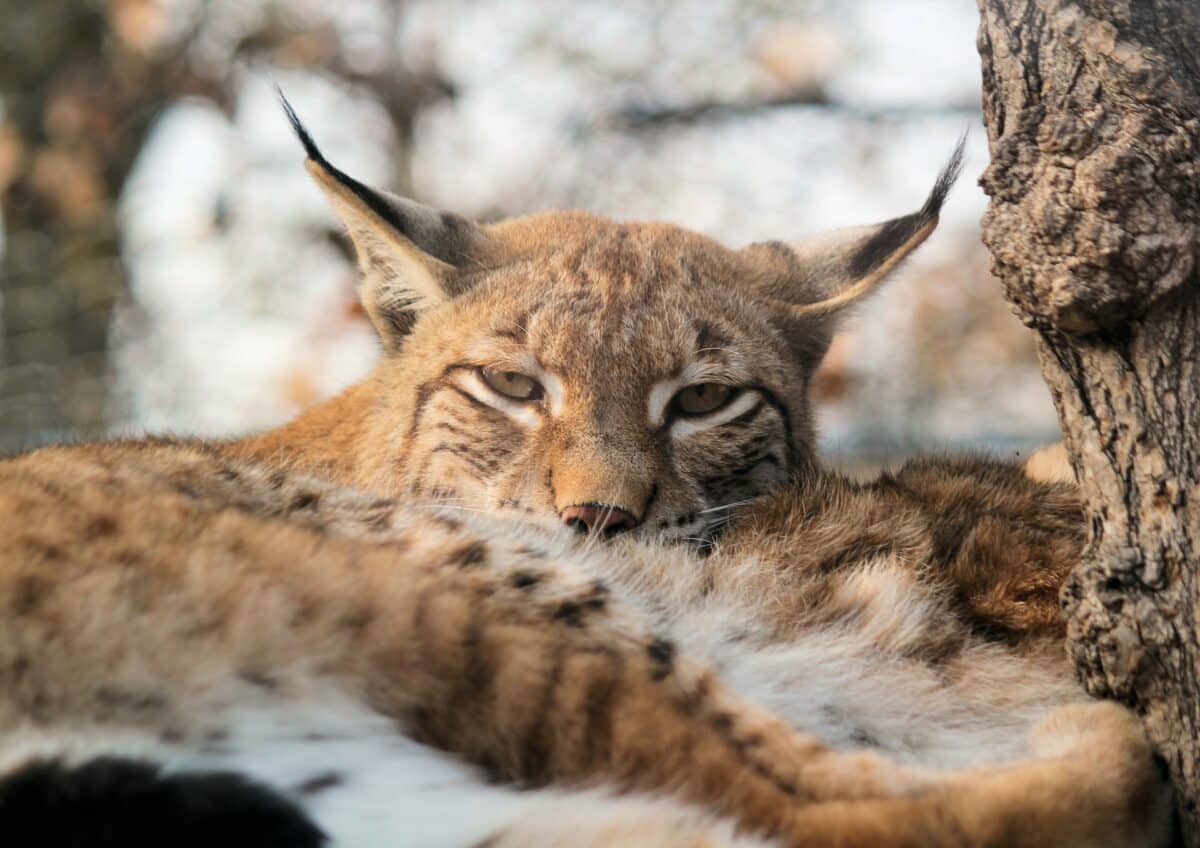
The Lynx is a beautiful but shy creature that often avoids human contact, instead spending its days in solitude among forests and mountains. It is an expert hunter who preys on hares and rodents.
Weighing between 18 to 64 lbs. (8 to 29 kg) with greyish fur, a black stripe on its neck, tufted ears, and tall back legs, the Lynx is easy to identify in its natural environment.
Despite their shyness of humans, these amazing pelted predators are still easily spotted by outdoor enthusiasts who venture into their territory – so keep your eyes open!
Habits
Wild cats are very active animals. Lynx are some of the most elusive carnivores and are active when their prey – mainly hares, mice, and birds – come out at night.
Lynx are nocturnal animals that hunt and explore from dusk to dawn. Nocturnal animals have adapted to this way of living by honing their senses in the darkness and locating prey without relying on sight.
Although Lynx are relatively small cats, their sharp hearing and excellent eyesight make them surprisingly adept hunters of the night!
The Lynx Is a Highly Skilled Hunter
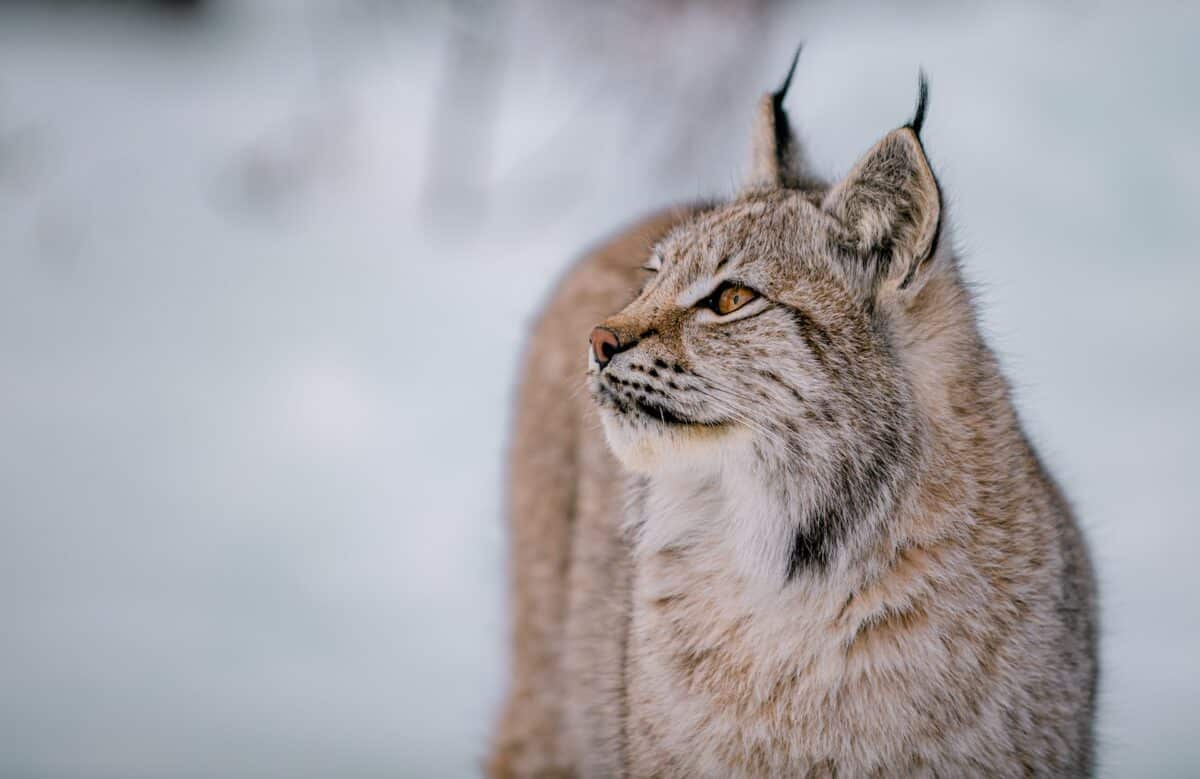
These are predatory animals with specialized hunting abilities. These clever hunters use their sharp claws and teeth to efficiently prey on small mammals such as hares, squirrels, and birds.
Lynx Fur Coat
Profiled with a gorgeous silver-grey coat, the Lynx is one of nature’s most eye-catching animals. But it turns out that its thick and dense fur serves a much bigger purpose than just looking attractive – the layers are molded together exceptionally well to offer an incredibly effective insulating layer against cold weather. This insulation helps protect them from the extreme cold temperatures they may face in their natural habitats.
The Lynx Is an Excellent Jumper
Lynx are impressive felines as they possess incredible agility and strength. For example, they are excellent climbers and can jump remarkable distances to catch their prey. Unlike other cats, lynxes have long legs that enable them to make huge leaps of up to ten feet.
Facts About the Bobcat
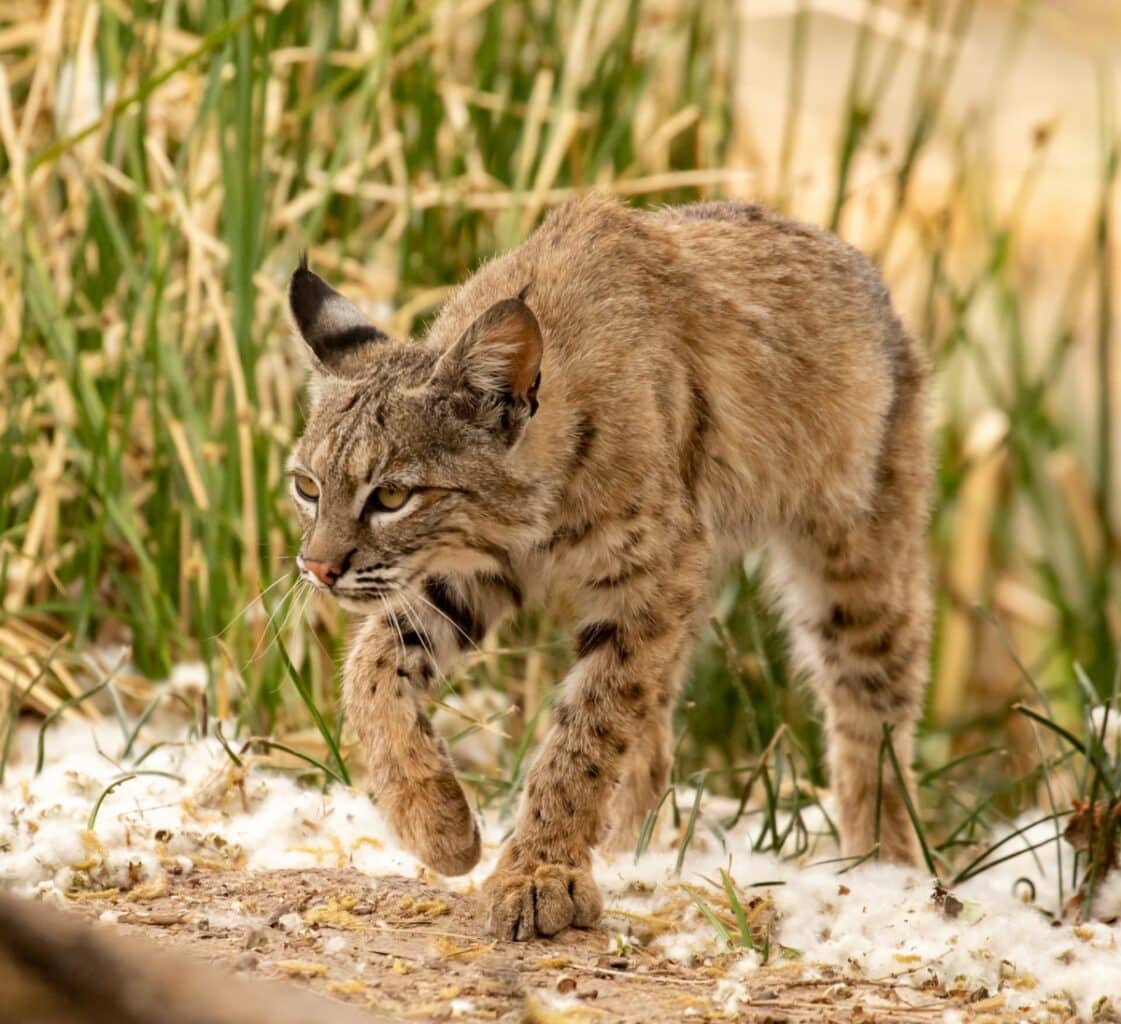
Bobcats are medium-sized wild cats with a distinctive spotted or lined coat closely related to their larger cousin, the Lynx. They have long black tufts at the tips of their ears, which are used for better hearing and to blend in with the terrain for greater stealth when hunting.
They live in many different habitats throughout North America, from dense forests to sparse deserts. They’re an adaptable species with impressive skills; they can leap up to 10 feet in a single bound and even swim across small waterways if necessary. With a sharp sense of smell and hearing and strong claws for hunting, bobcats make formidable hunters!
This species of cat is also fearsomely territorial and fiercely defensive of their areas, often being seen chasing away animals that enter their territory.
Although bobcats may seem intimidating due to their size and unsavory hunting habits, their numbers are at risk due to deforestation, which has destroyed numerous bobcat habitats in recent years. We all need to take measures to protect these creatures to ensure the preservation of our natural ecosystems.
If you’d like to check out The Unseen Hunter: Stealthy Bobcat Ambushes a Deer.
The Size of Bobcats
These wild cats are an incredibly fascinating species of wild cats! They are much smaller than the majority of their relatives, ranging from 11 to 37 lbs. (5 to 17 kg)and standing 26 to 41 in (65 to 105 cm)tall at the shoulder.
Hunting Habits
Bobcats are quite versatile predators, mastering various hunting styles to accommodate a wide range of prey types. As they mainly hunt small animals like rabbits, mice, and squirrels, they will stalk their targets on the ground or climb trees in pursuit of birds. Along with this varied diet, bobcats enjoy consuming fruits and vegetables if available. They have been known to consume larger ones, such as rabbits or even deer if the opportunity arises.
Bobcat Fur Coat
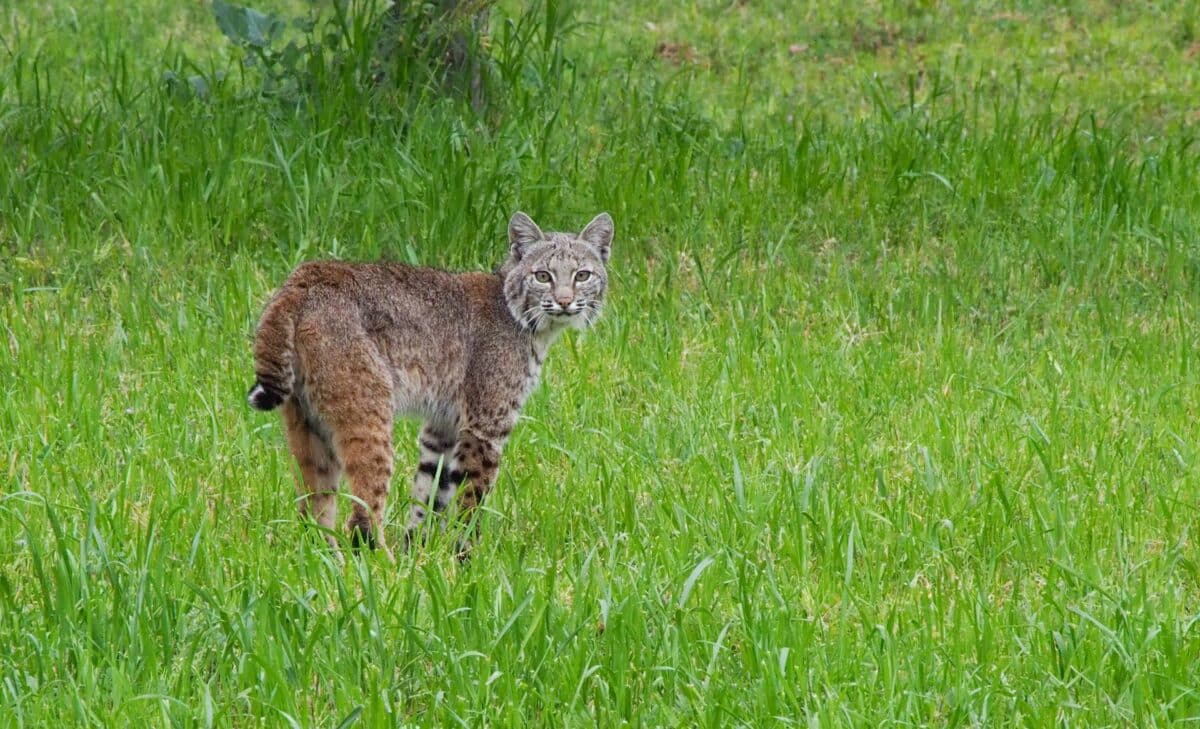
Bobcats also typically have thick fur that ranges in color from tan to greyish-brown and is sometimes spotted or streaked with darker spots – keeping them warm through even the coldest winter environments. One unique feature many bobcats share is an extra tuft of fur atop their heads, lending them an extra bit of protection from the snowfall in some regions.
What Adaptations Does a Bobcat Have?
Bobcats are admirable creatures because they have adapted their skills and lifestyle over time to fit into nearly any environment. Bobcats are adept climbers, often scaling trees as high as 18 feet. They also possess a good degree of cunning and stealth, being able to sneak up on prey even while being aware of large predators in the area.
They primarily hunt at night, using their sharp hearing and vision to spot potential meals before pouncing quickly. Bobcats also have a fantastic ability to leap several feet vertically or 20 feet in length with great accuracy. This is thanks to their powerful hind legs and flexible spine – making them formidable hunters in the right conditions.
Hunting Ability
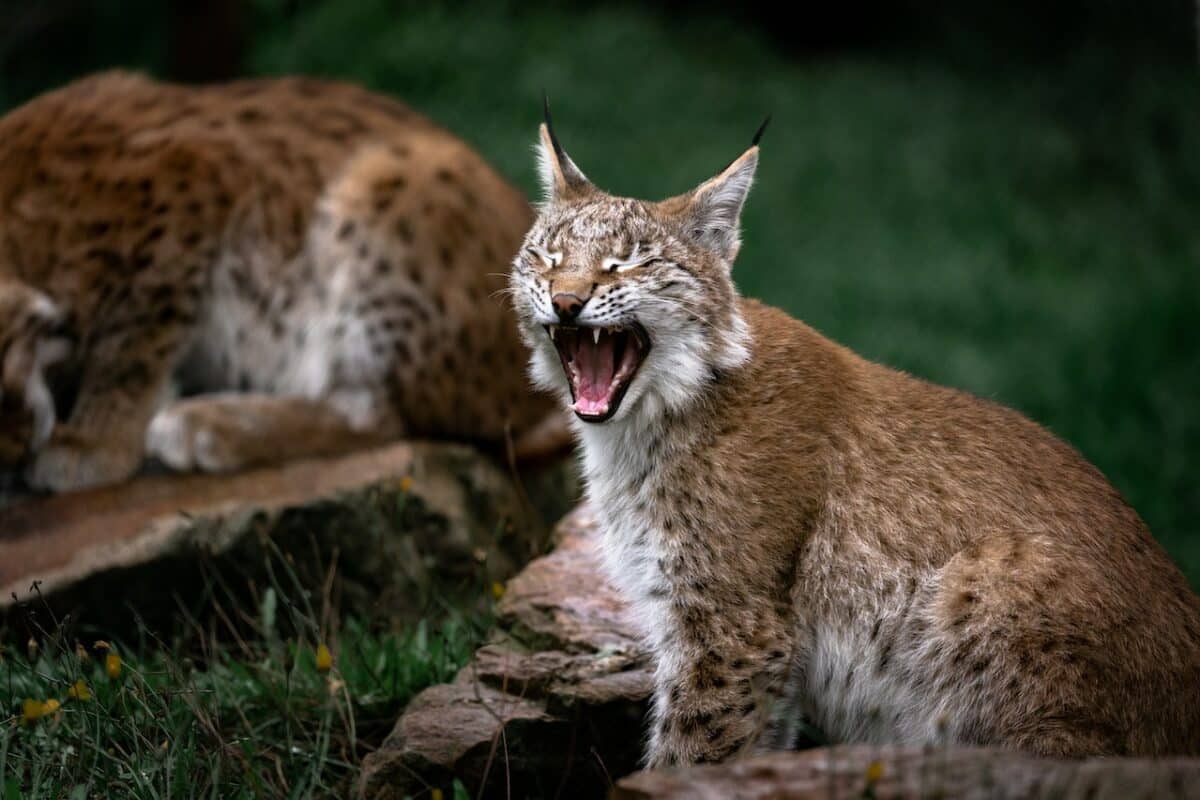
Bobcats are voracious predators who hunt both day and night. They find and seize their prey with exceptional skill and speed. Bobcats use many hunting strategies, such as stalking, ambushing, waiting at burrows, and hunting in trees. They typically hunt in areas around wooded edges or meadows, where the cover is especially abundant, making it easier for them to hide until attack time.
A bobcat’s claws and teeth are best suited for tackling small animals like squirrels and rabbits but can manage creatures like deer or wild boars successfully if the conditions are right.
These wild cats can jump up to 12 feet and often use this ability to surprise their prey by leaping down from the trees where they were lurking unseen. Bobcats possess a keen sense of smell that helps them locate food even when visibility is poor, giving them another advantage in the hunt.
Comparison Between Lynx vs. Bobcat
Knowing the difference between Lynx and Bobcat is important for many reasons.
Firstly, taxonomists classify both species into separate genera, meaning they have different characteristics despite sharing some basic similarities in physical appearance. Understanding these distinctions can help conservationists identify the areas where each species needs better protection.
Lynx vs. Bobcat: Appearance
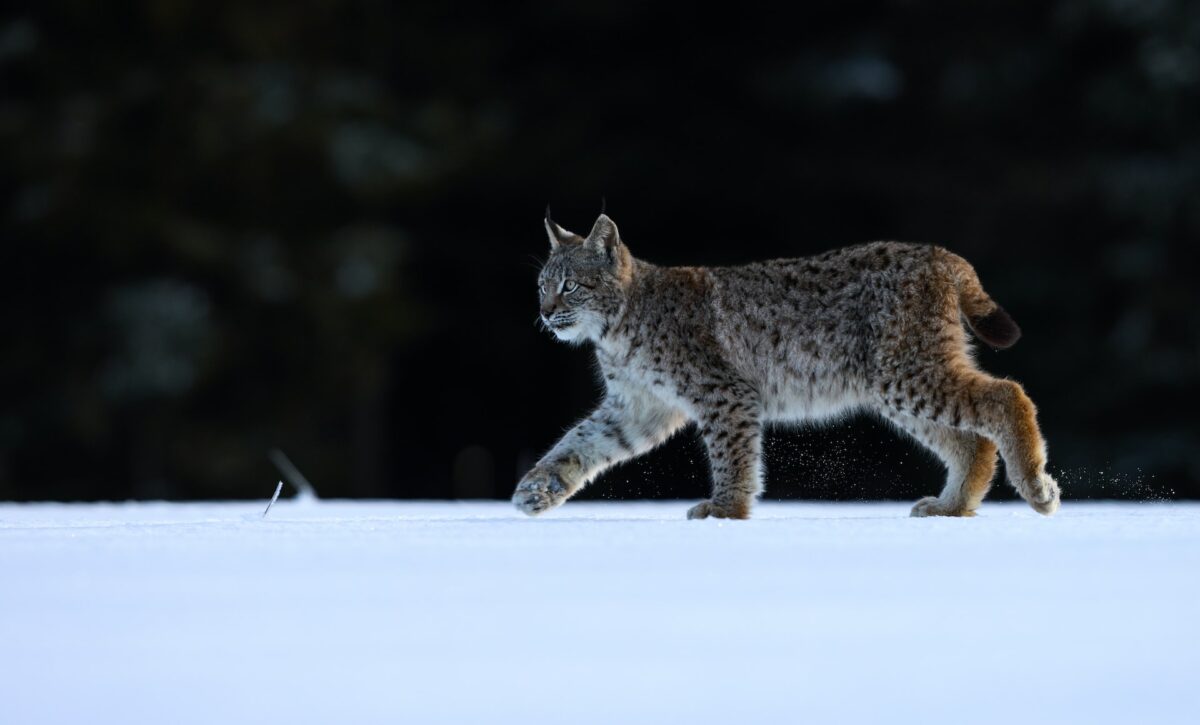
Lynx and bobcats might look similar, but there are interesting differences to tell them apart. They share many of the same characteristics: pointy ears, short tails, thick fur, and tufted paws. While they are both predators, the Lynx is larger than the Bobcat.
The Lynx appears bigger mainly due to its long legs. Did you know that the Lynx has a more colorful coat, while the Bobcat’s coat tends to be more uniform in color? The most distinct difference between these animals is that the Lynx has dark-colored fur around its face and chin, which can give it quite a peculiar appearance!
Lynx vs. Bobcat: Habitat
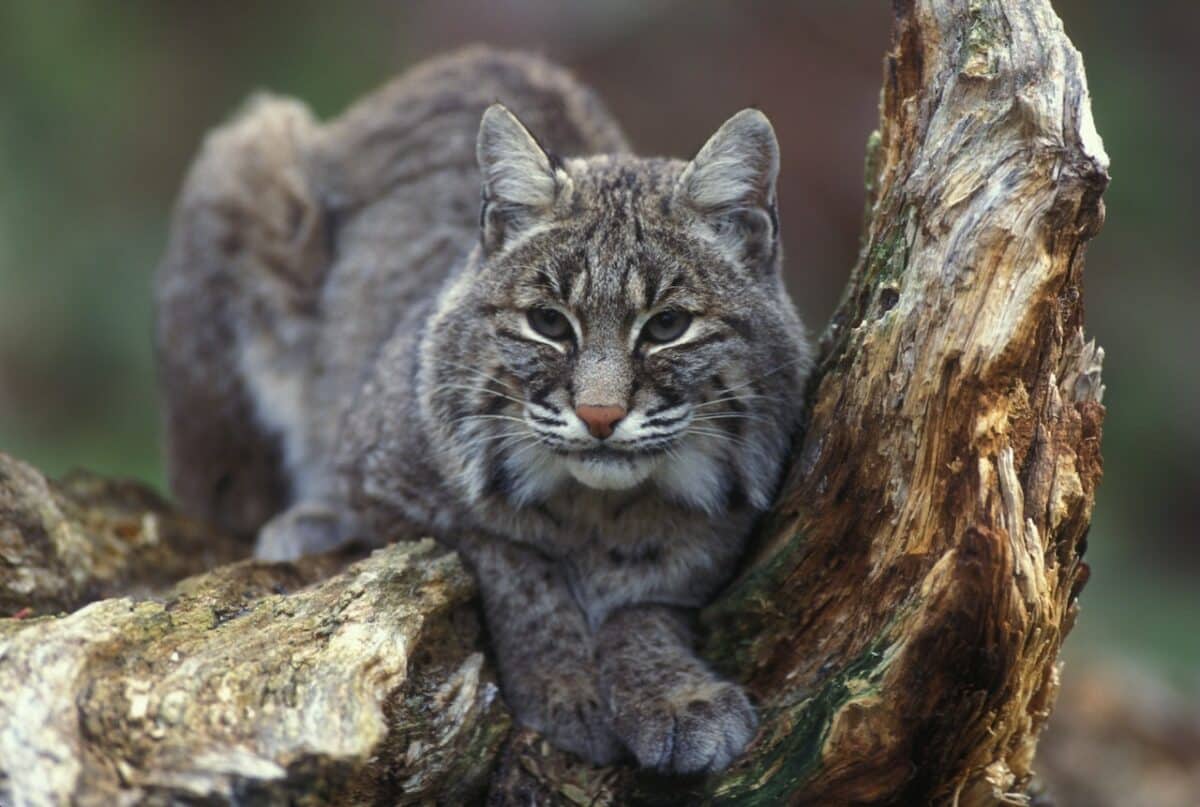
They are members of the same feline family. Unlike their domestic cousins, they can survive in harsh environments and even thrive. Lynx generally inhabit boreal forest regions, including North America and Europe. In contrast, Bobcats favor temperate areas like the Southern United States.
Both species of cats like to use rock outcroppings or thick cane breaks as den sites that protect them from weather conditions and provide a secure location to birth and raise their young. Additionally, they tend to prefer areas where prey is abundant such as dense forests and grasslands, which contributes to their successful survival rate in many climates worldwide.
Lynx vs. Bobcat: Hunting and Eating Habits
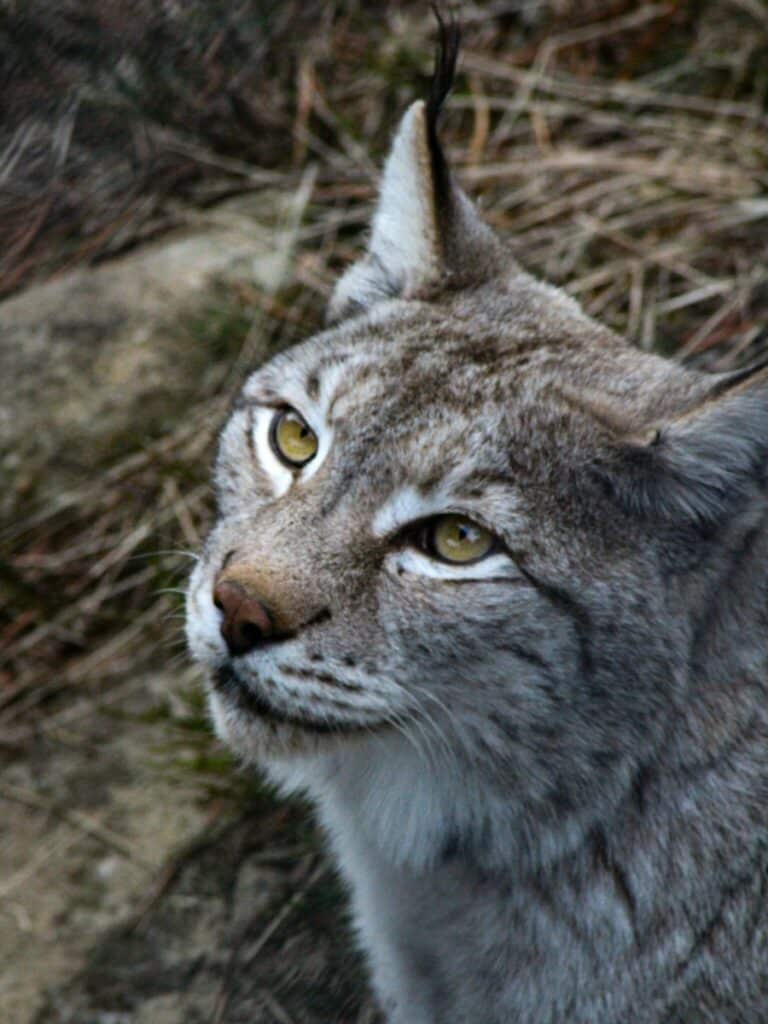
Both wild cats are predators of similar size and tend to live in similar habitats but have very different hunting and eating habits. Lynx hunt primarily at night, using their sharp eyesight and hearing to detect medium-sized mammals that they then pounce on. These nocturnal hunters prefer rabbits and larger rodents such as porcupines as their favorite food sources.
Bobcats, however, are generally active during the day, preying on a variety of small animals, including fish, frogs, reptiles, and small mammals, particularly rodents and birds.
They also scavenge carrion or, when the opportunity arises, will stalk domestic livestock for an easy meal. This adaptability gives them a strong advantage when accessing food during leaner times.
Understanding the differences in hunting and eating habits between Lynx and Bobcats could provide helpful insight into how wildlife interacts with its environment.
Lynx vs. Bobcat: Tufted Ears
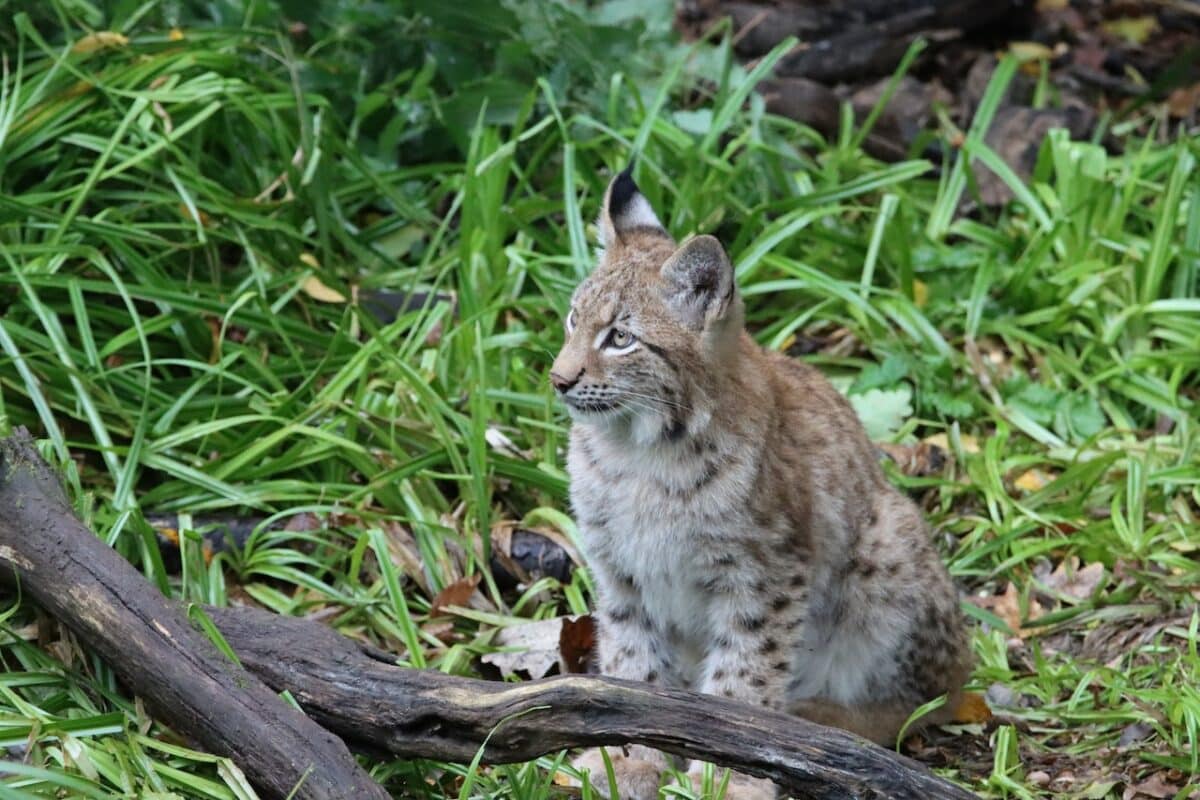
The Lynx and Bobcat look much alike in a variety of ways. A characteristic they both have, which they don’t share with many other felines, is their trademark tufted ears.
What makes the tufts so remarkable is that they are black on only the tips, which gives these wild cats a unique appearance.
Not just aesthetically pleasing, though, their ears also provide great hearing and perception in their environment, giving them an advantage while hunting their prey. It’s easy to see why humans have not just admired cats of all types for centuries but are also respected by scientists as a valuable part of local ecosystems.
Lynx vs. Bobcat: Family Trees
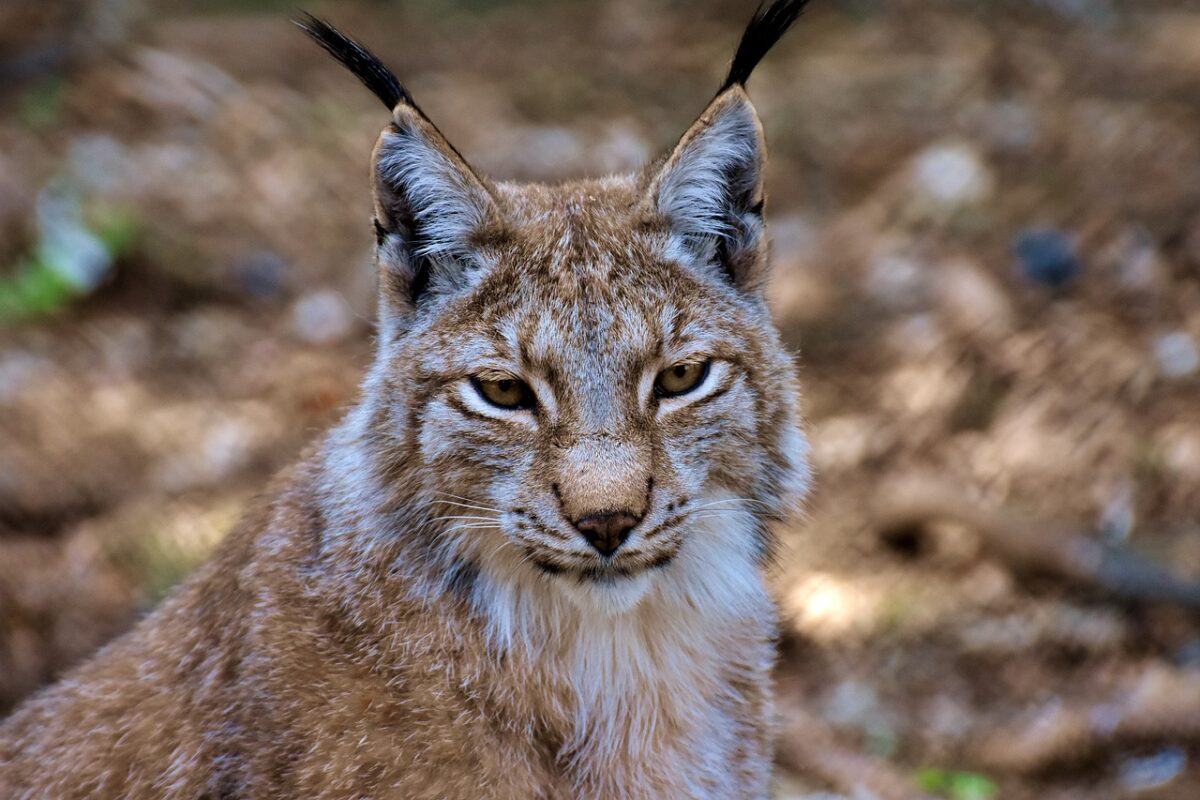
They are both stunning felines, but they represent two different families of cats within the cat family. While they boast similar characteristics, such as the tufted ears on their heads and the spotted fur that adorns their shoulders, they each come from a different branch of the feline family tree.
For example, Lynxes have faint facial markings and longer legs than bobcats, giving them a long-limbed appearance. Moreover, the lynx’s ear tufts are much more significant. In some bobcats the ear tifts are barely visible.
Furthermore, Lynx tend to live in more remote, colder climates than bobcats, which prefer warmer temperatures closer to civilization. It’s interesting how diverse our wildlife can be even when it shares many similar features.
Lynx vs Bobcat: Size
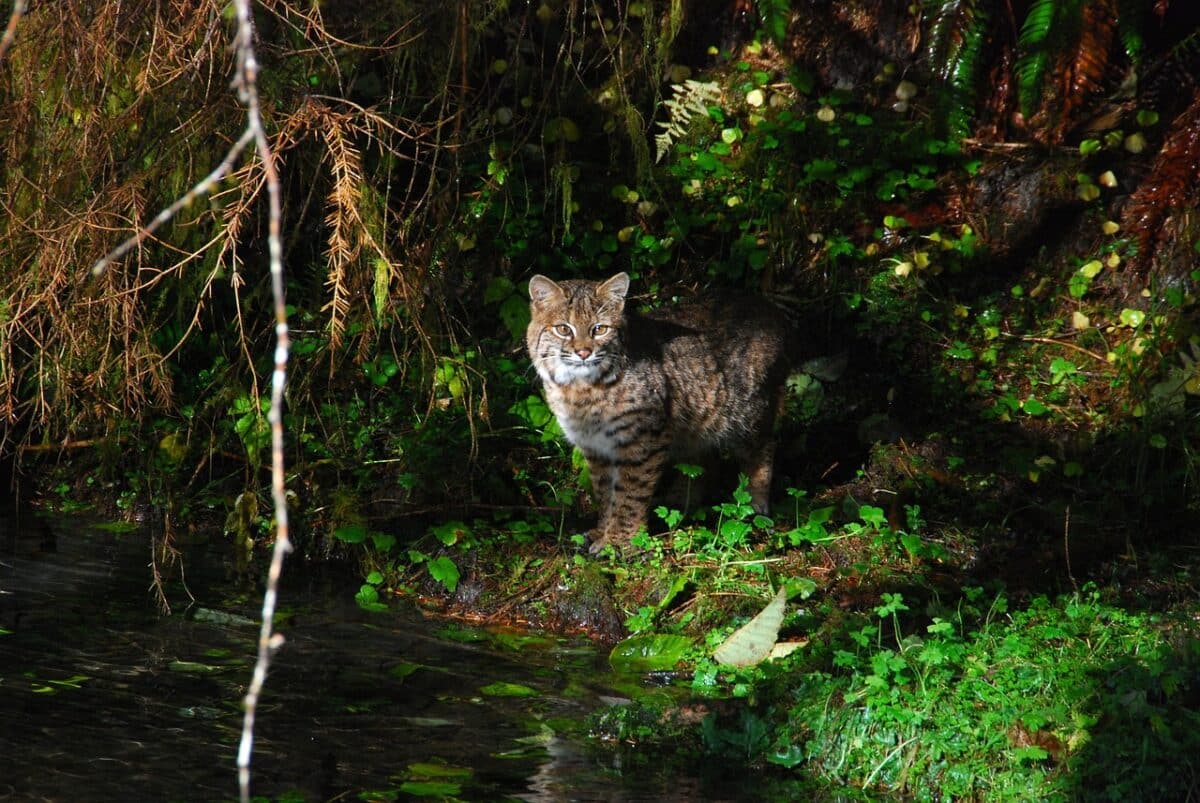
Bobcats and Lynx are two different species of wild cats found all over North America. Although they look alike, Lynx tend to be notably heavier than Bobcats. So if you ever spot one of these majestic creatures in your backyard or anywhere else, take solace in knowing that you’ll easily be able to identify them by their size.
Lynx vs. Bobcat: Interbreeding
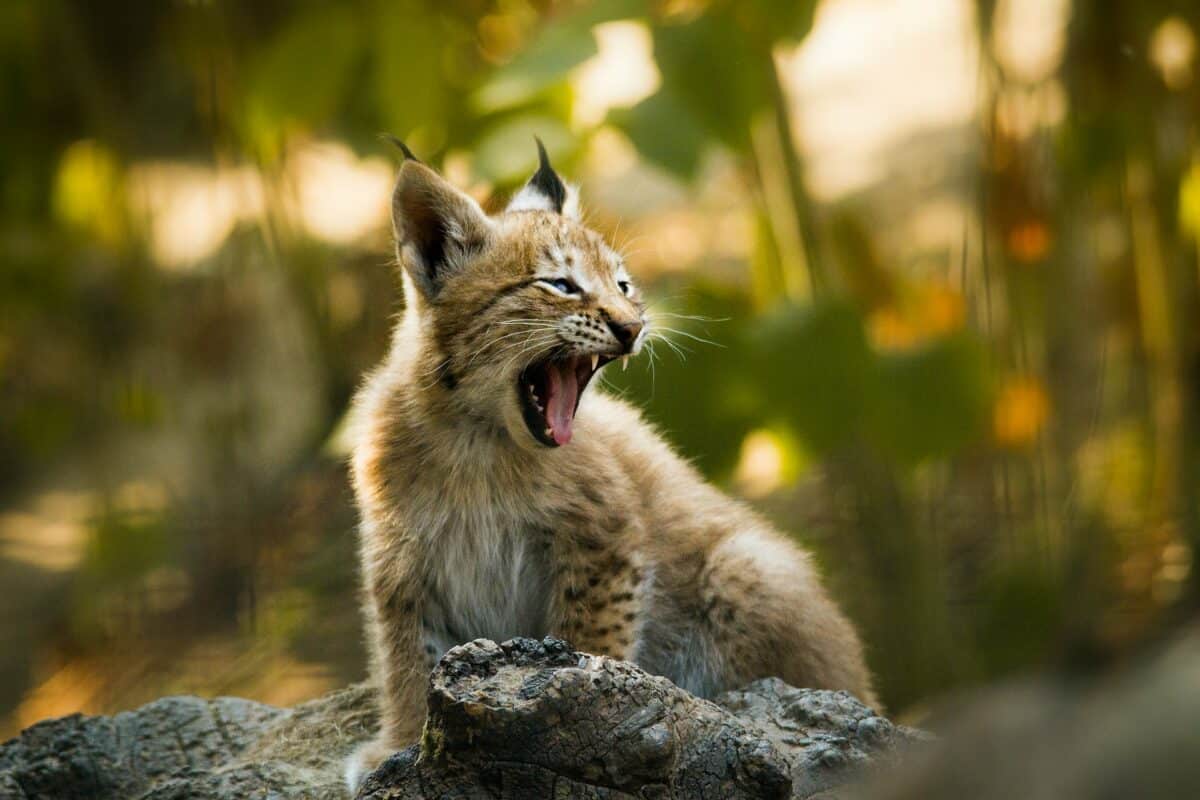
Despite their differences, the Lynx and Bobcat have something in common: they can produce fertile hybrid offspring. Although they have a distinct size difference – lynxes tend to be larger than bobcats – both species have adapted to living in similar habitats and feed on similar prey animals.
The two species also share similar coloration and physical features, although some subtle facial markings differentiate them. Amazingly, the species can breed with each other to create fertile offspring due to their similarities, despite being part of two separate species.
It has resulted in hybrids that look like a mixture of the two parent species. This has been observed reliably in captivity and on a few occasions in the wild. It is an incredible example of how nature has evolved these two species to work together, proving the importance of interspecies cooperation for survival.
Get more information about the hybrid here.
Lynx vs. Bobcat: Role In The Ecosystem
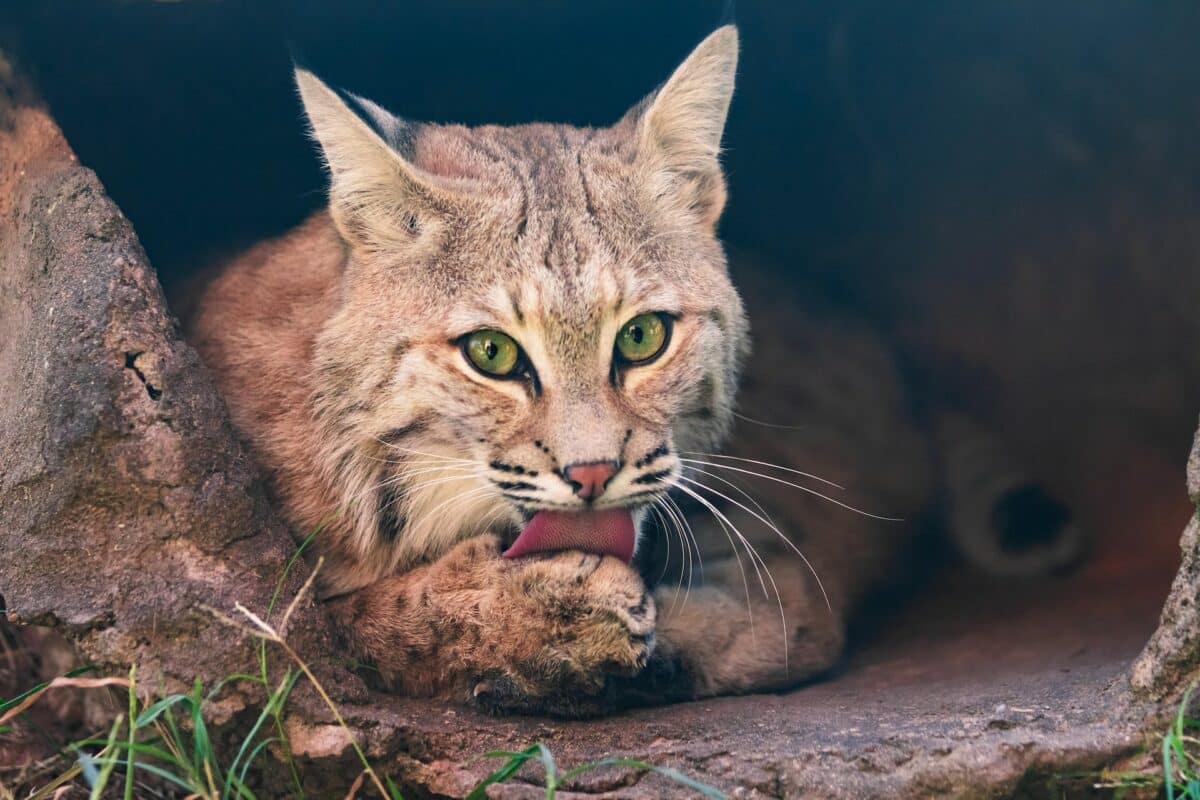
Both are members of the Felidae family, although they look quite different. Lynx are typically larger than bobcats and have a distinctive facial ruff. On the other hand, Bobcats have striped markings around their face and short bobbed tails. They are also better adapted to living in more developed habitats than the Lynx.
Regarding their role in the ecosystem, both species play an essential part as predators – their presence helps to ensure balanced populations of small prey animals.
Additionally, their habits of burying bones and carcasses can further fertilize the soil and redistribute nutrients throughout their natural environment. These small but mighty cats may not be the most charismatic members of our planet’s biodiversity, but they play an essential role in helping maintain its delicate balance!
The Final Say
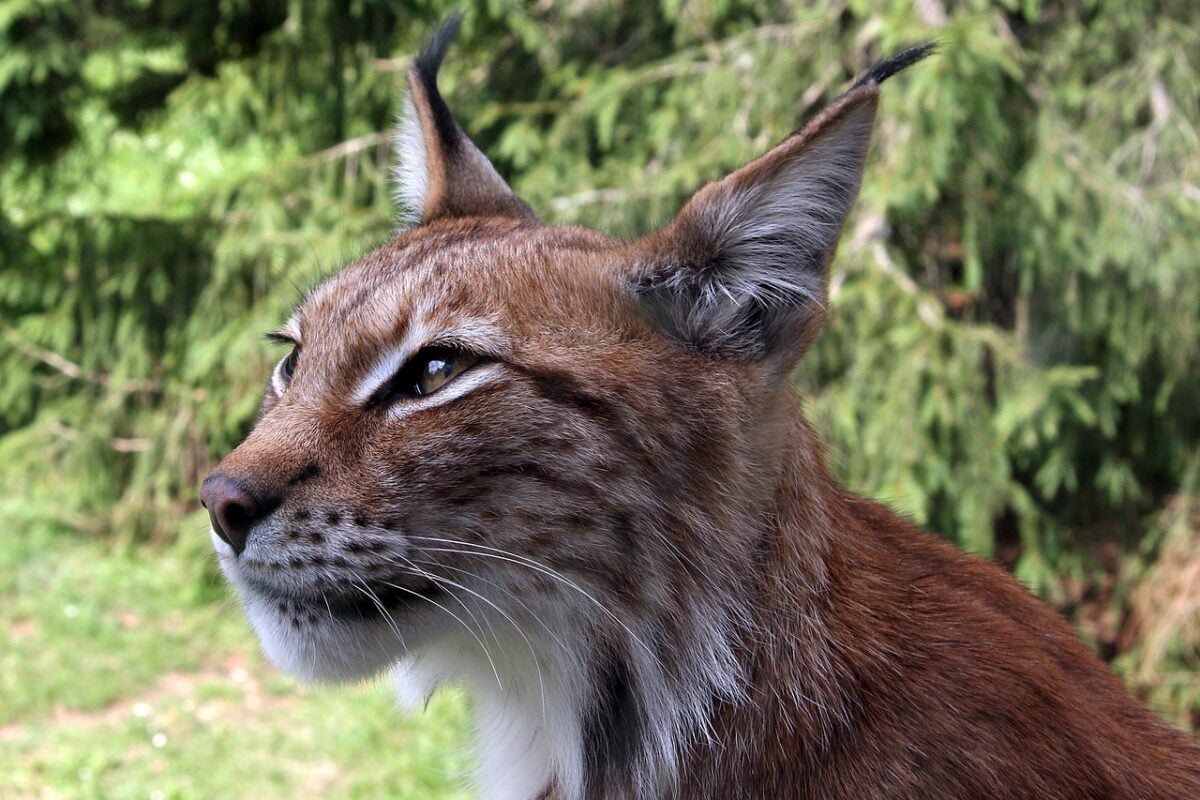
| Key Points |
| 1. A lynx is a wildcat species native to Europe, Asia, and North America while bobcats live in many different habitats throughout North America, from dense forests to sparse deserts. |
| 2. Lynx tend to be notably heavier than Bobcats. Lynx usually measure 31 to 51 in (79 to 130 cm) in length, and the weight of full-grown Lynx varies between 18 to 64 lbs. (8 to 29 kg.) Bobcats usually have a length of up to 26 to 41 in (65 to 105 cm) and weigh between 11 to 37 lbs (5 to 17 kg.) |
| 4. Lynx hunt primarily at night, using their sharp eyesight and hearing. Bobcats, however, are generally active during the day. |
| 5. Lynx generally inhabit boreal forest regions, including North America and Europe, while Bobcats favour temperate areas like the Southern United States. |
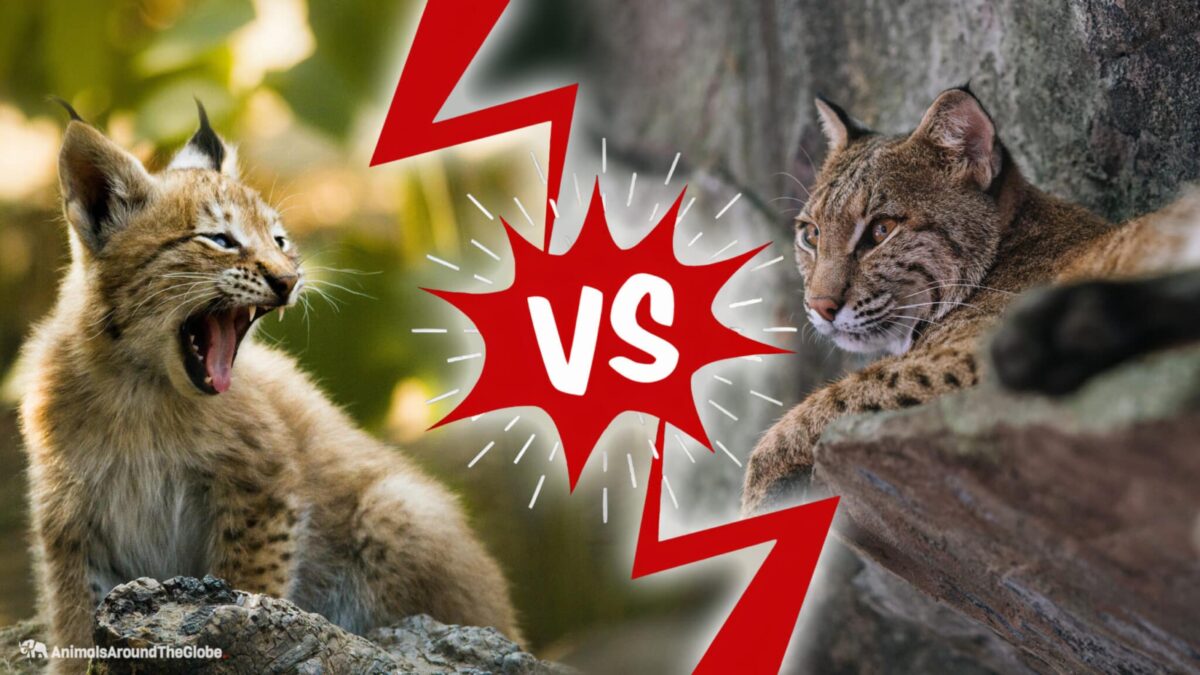
Now that you know the difference between a Lynx and Bobcat, you can impress your friends with your knowledge of these two cats the next time you see one in the wild (or on TV!). Although they may look similar, these two feline predators have several critical physical and behavioral differences. So, if you’re lucky enough to spot a lynx in its natural habitat, take a good long look – and maybe snap a photo – before it scampers away into the wilderness!
Thank you for reading this post on the lynx vs. bobcat! Countless of other majestic feline creatures inhabit our planet, and nothing compares to seeing them in real life – take a look at our post on Tiger Safaris!
- Octopus Stuck to Diver’s Back and Won’t Come Off - April 25, 2024
- Magpie Bird Is Reunited with Her Dog Best Friend - April 24, 2024
- Dog Saves Another Dog From Drowning in Fish Pond - April 23, 2024

